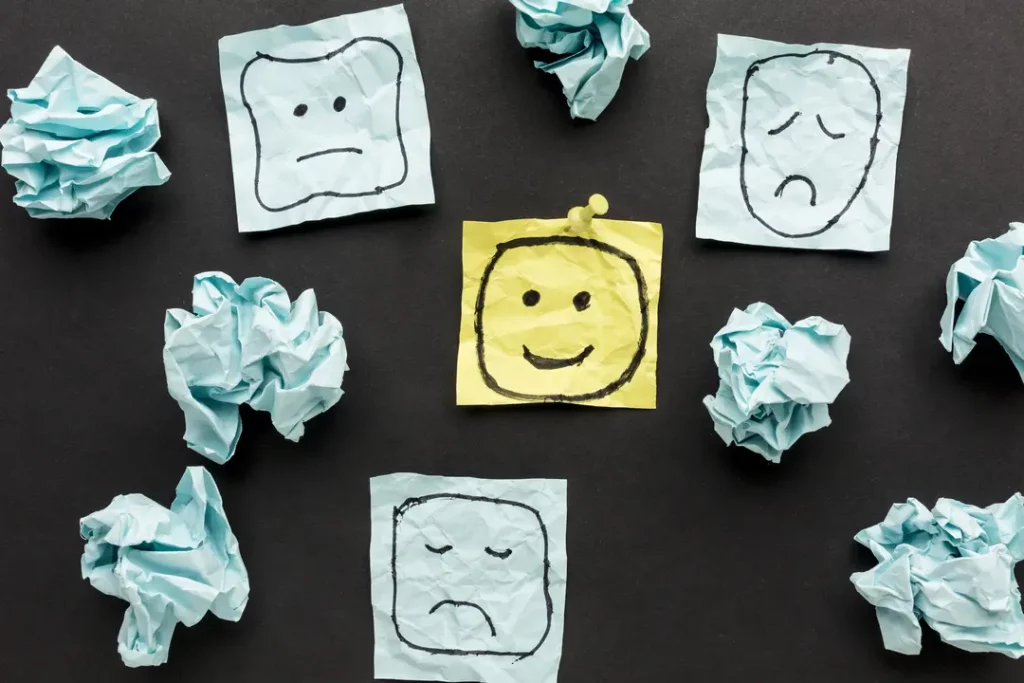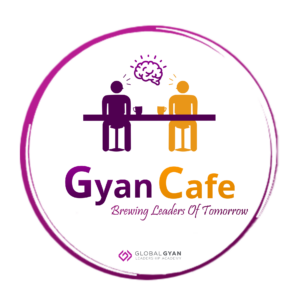Does the Customer Value anything other than Price?

One of my favourite questions in any strategy discussion is, “What does your customer value?“
The most popular response is “Price“.
It is disheartening how quickly managers choose price as what the customer cares about the most. It is indeed a strong belief amongst many that their businesses are commoditised and that there is no opportunity to create differentiation. That we can apply differentiation even in low-engagement and highly competitive products has been covered by me in the past.
The reason why we equate value with price is because the two words are used interchangeably in common parlance. In fact, I have heard senior managers use cost, price and value as if they were the same thing. That they are very different terms which are intricately linked to each other is the simple secret of most successful businessmen.
Let us first define the three terms, from the perspective of the business or the decision maker (strategist, marketer, product manager, salesperson, etc.)
Cost: How much the business spends
For a business, cost is what is incurred to create the product or service. It not only includes the direct costs like raw materials and sales expenses, but also indirect or allocated costs or overheads. Further, we also include a part of costs that were incurred in the past in creating fixed assets (machines, buildings, software, etc.); this is called depreciation. Knowledge of financial concepts, particularly around costs, is extremely critical for any decision maker.
Price: What we charge the customer
In fact, what the customer pays for a product or service is the price. We might “charge a price” but if the customer is unwilling to pay it, then it is not the price. Price is the level at which a deal happens between a willing buyer and seller. Obviously, any business would like to ensure that its price is higher than the cost, in order to make a profit. That is not always the case, of course. Sometimes, companies keep their price lower than cost, with the knowledge that as they sell more, their cost would come down and they can make profits in future.
Value: What the Customer Perceives or Experiences
Value is the actual or perceived benefit received by her on ownership or consumption of the product/service, relative to the price paid. Since perceptions and experience play an important role in the “benefit”, it can vary from customer (segment) to customer. Customer Value is like profit, benefit – price… what I get versus what I paid for it.
Here is a simple pictorial representation of all three concepts.

How is customer value created? What does the customer value? Given the linkage of value to price, we can ask a different question:
What feature(s) in the product / service will cause the customer to pay more, or pay less in their absence?
I have found that for any product category there are just a handful of things that rise to the level of customer value. The customer may desire many things but when it comes to the matter of paying for them, only a few stand-out.
How do you answer this question? One approach is to run some product-price tests and then a conjoint analysis can help you put certain ‘value’ to each product feature. Another approach is to analyse past purchase data, particularly if you have had multiple variants of a product. Finally, you can market experiments with a core product and offer each feature at a certain extra price (like how an airline charges for almost everything other than the seat); this would provide insights into (a) what customers care about, and (b) how much they are willing to pay for them.
Any business that knows what its customers truly value has an edge over its competitors. They are able to get their customers to pay more even as their rivals are thinking price as the basis of competition.
What is customer value in your business?







